LaTeX templates and examples — Two-column
Recent
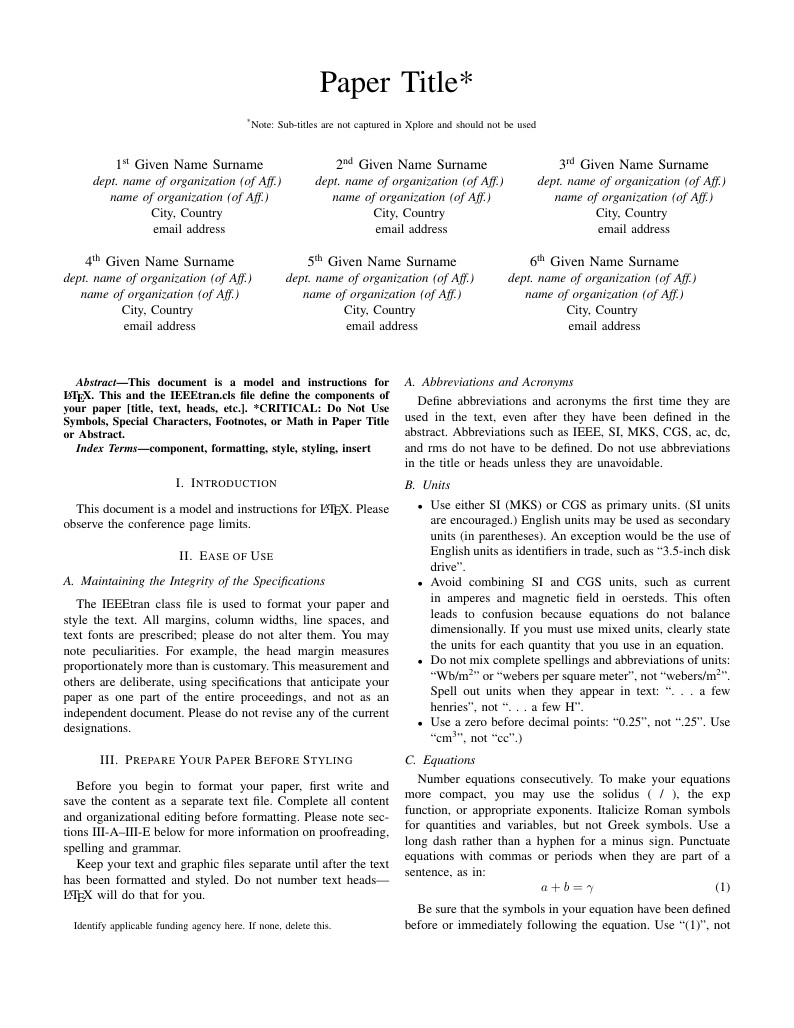
This document is a combination of the SC18 IEEE proceedings format and a modified SC18 artifact descriptor to be used for the HPCSYSPROS18 CFP. More information here: https://github.com/HPCSYSPROS/CFP18
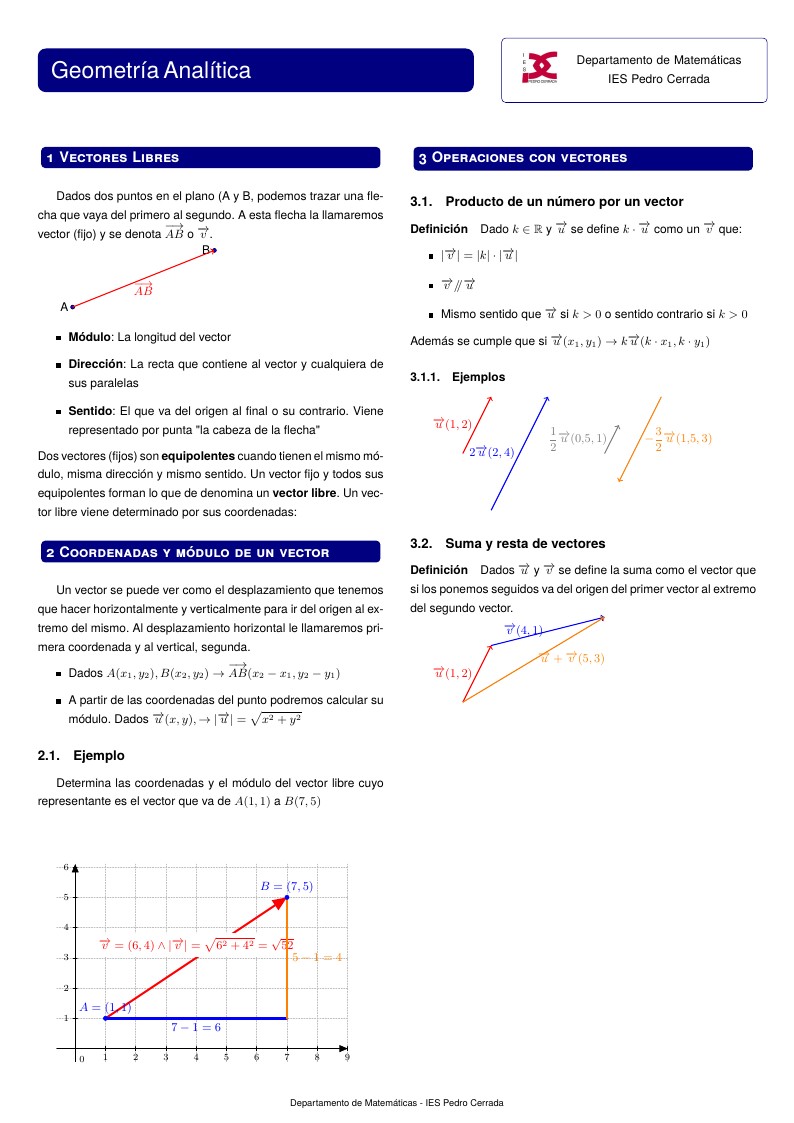
Geometría Analítica
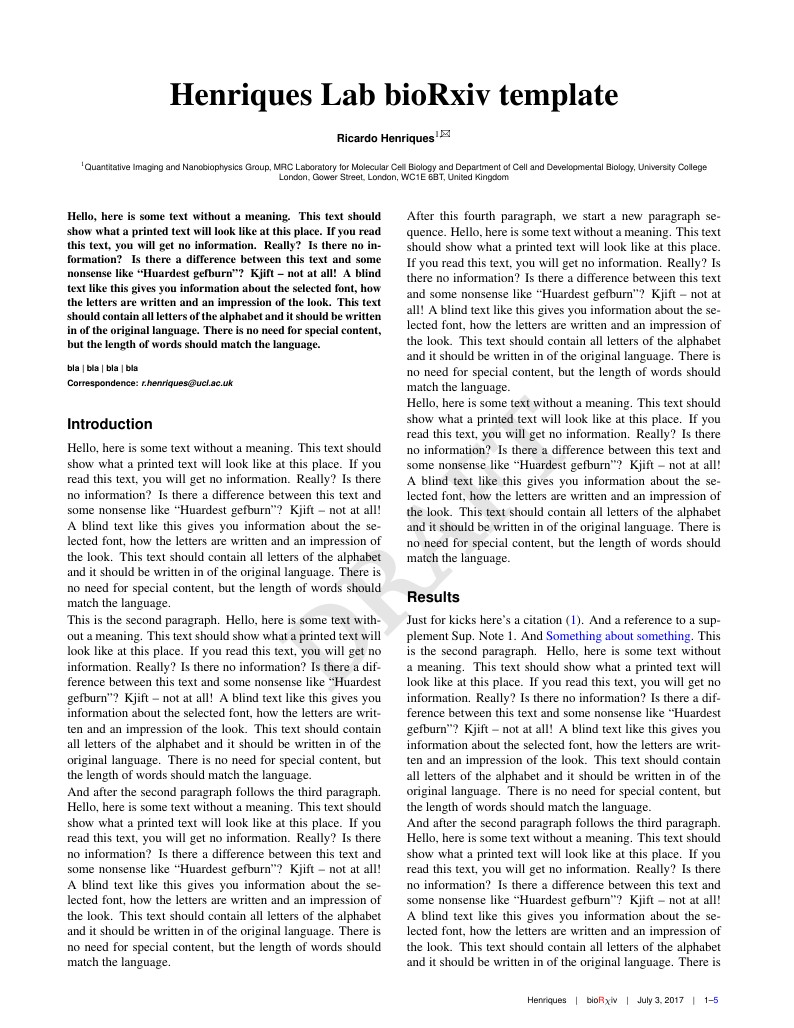
This is a gorgeous template for bioRxiv pre-prints. An example manuscript using it can be found here.
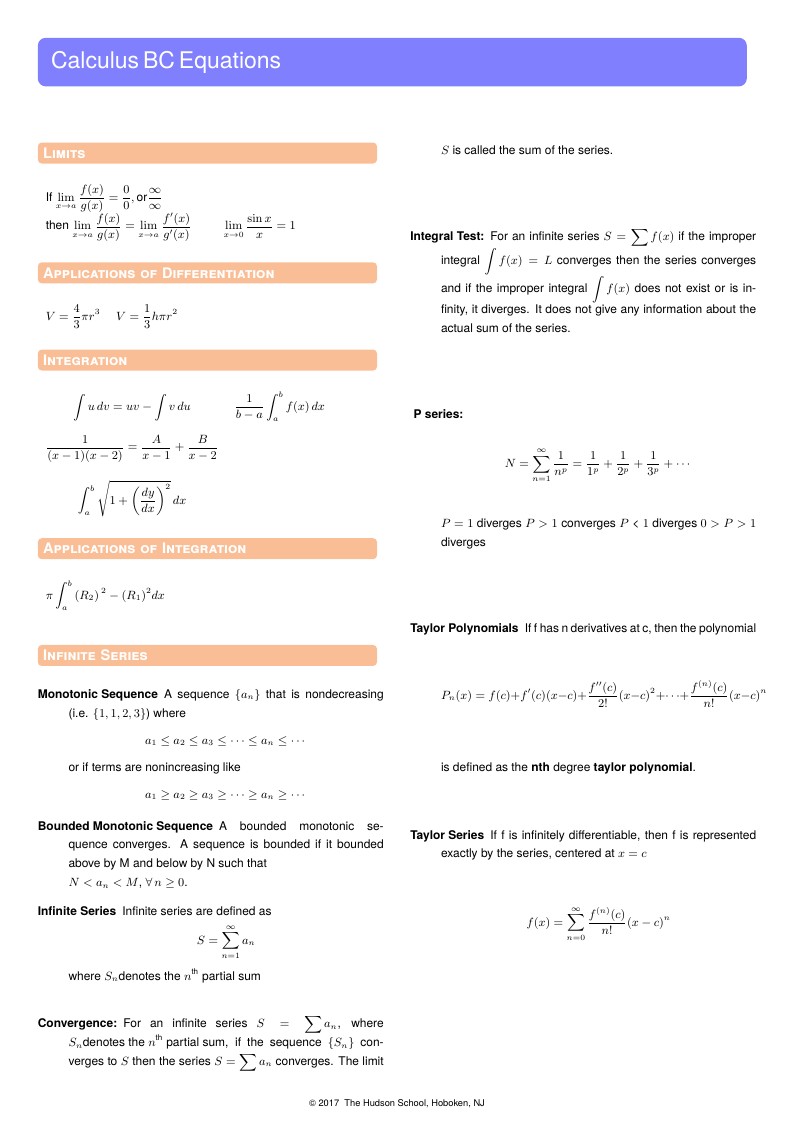
A study tool. Equations are mostly listed without a description of what they represent. Topics are detailed based on problems. Usage: To prepare for the Calculus BC exam, go through topics one at a time and mentally describe the problem, process, and equations involved. If you get stuck - look up the answer and start again from the top. When you can get through the entire sheet - you're ready! Do the same with the equation list - describing exactly what type of problems you might need the equation for. Do not use notes in conjunction with the review sheet. Look up the answer - close the book and start again! You can thank me later.
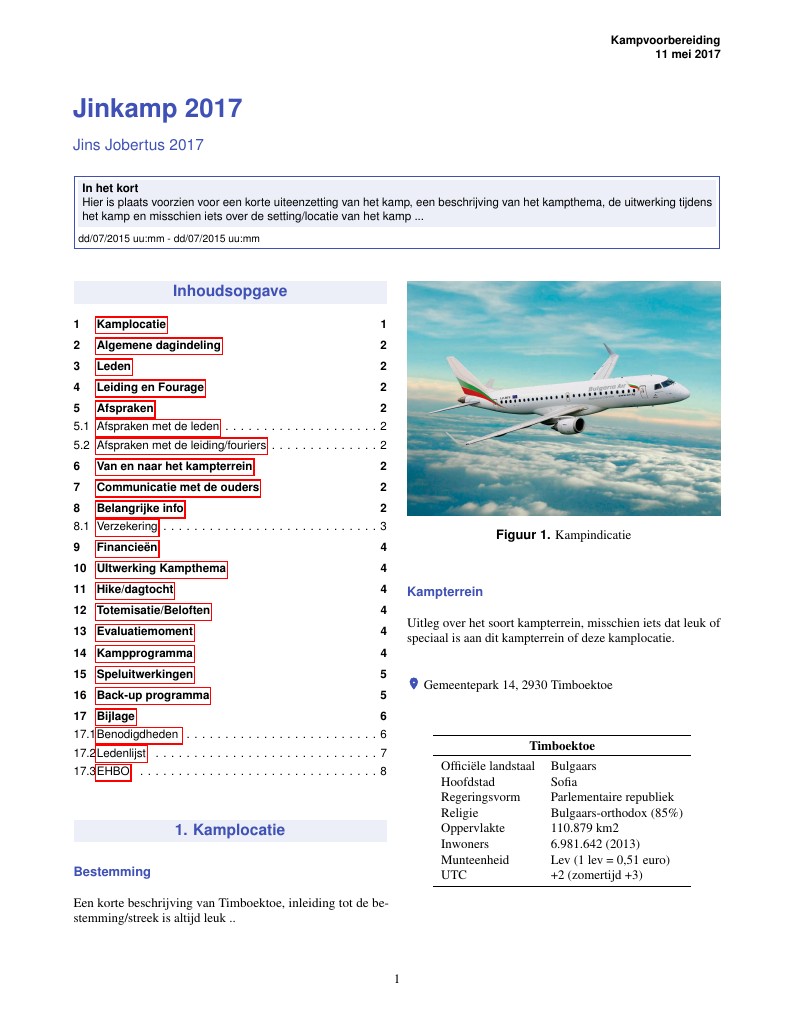
Sjabloon Jinkampvoorbereiding volgens richtlijnen Scouts en Gidsen Vlaanderen
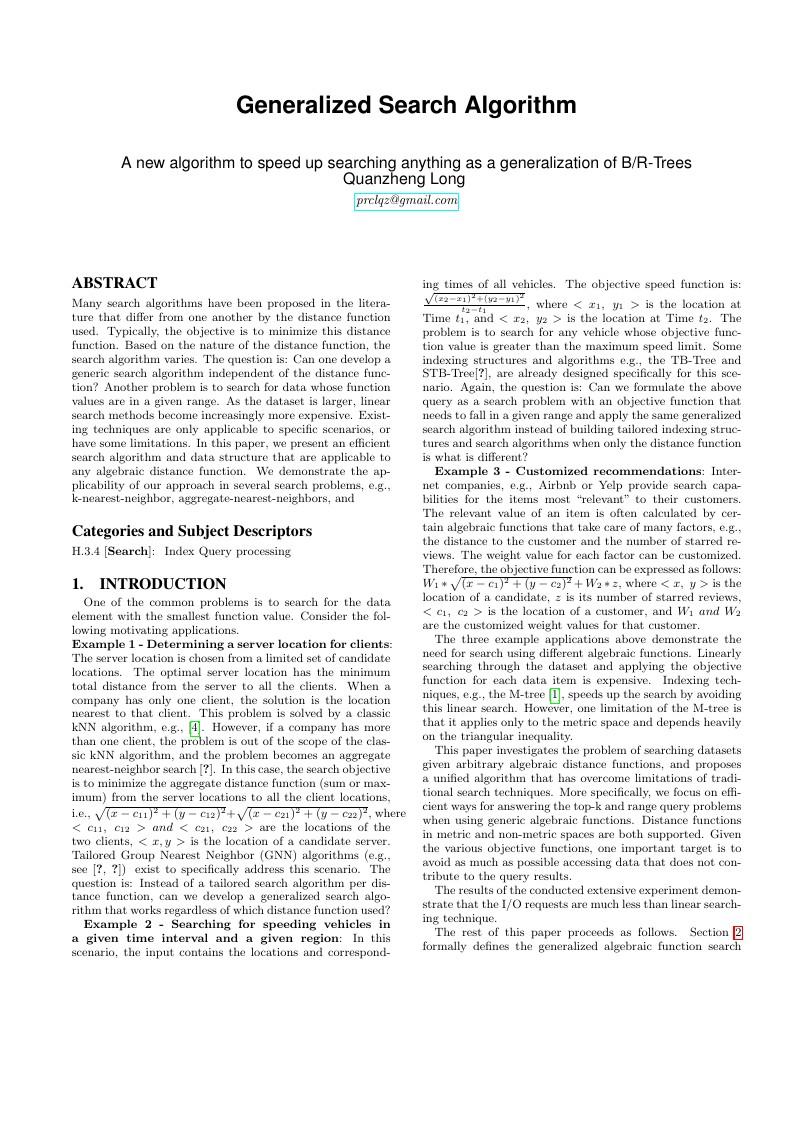
A new algorithm can speed up searching anything as a generalization of B/R-Trees
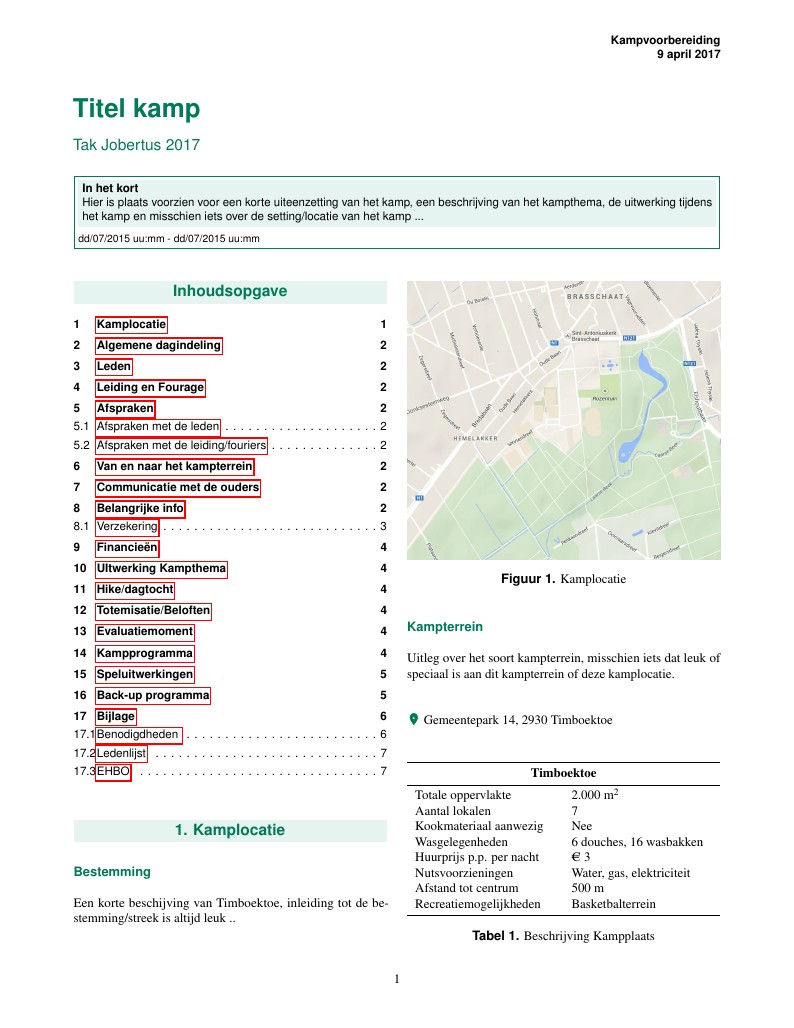
Sjabloon Kampvoorbereiding volgens richtlijnen Scouts en Gidsen Vlaanderen
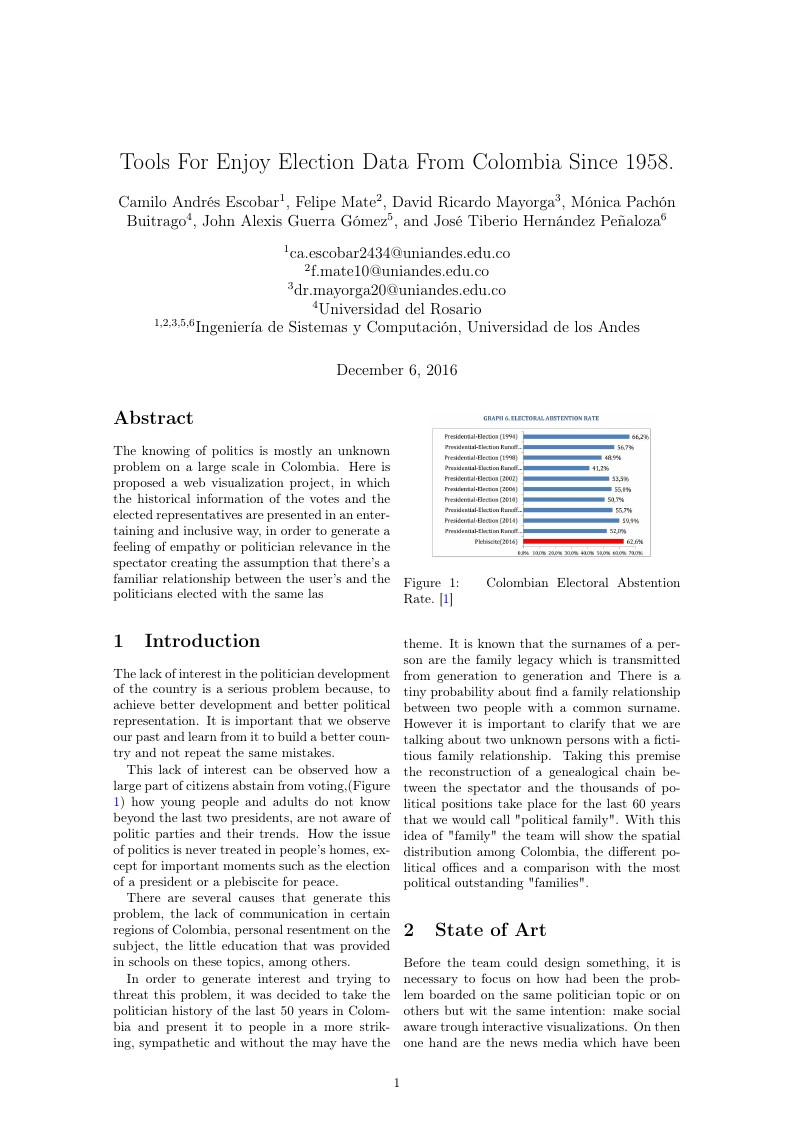
The knowing of politics is mostly an unknown problem on a large scale in Colombia. Here is proposed a web visualization project, in which the historical information of the votes and the elected representatives are presented in an entertaining and inclusive way, in order to generate a feeling of empathy or politician relevance in the spectator creating the assumption that there's a familiar relationship
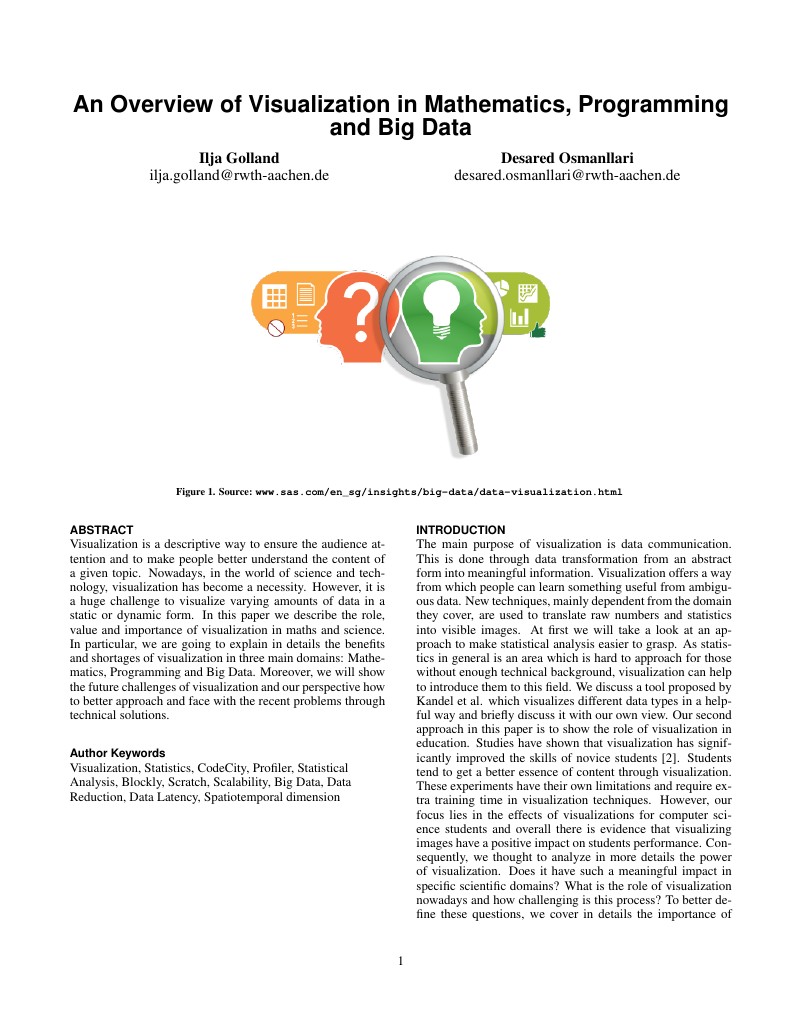
Visualization is a descriptive way to ensure the audience attention and to make people better understand the content of a given topic. Nowadays, in the world of science and technology, visualization has become a necessity. However, it is a huge challenge to visualize varying amounts of data in a static or dynamic form. In this paper we describe the role, value and importance of visualization in maths and science. In particular, we are going to explain in details the benefits and shortages of visualization in three main domains: Mathematics, Programming and Big Data. Moreover, we will show the future challenges of visualization and our perspective how to better approach and face with the recent problems through technical solutions.
\begin
Discover why over 20 million people worldwide trust Overleaf with their work.